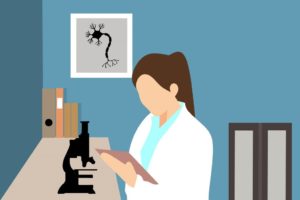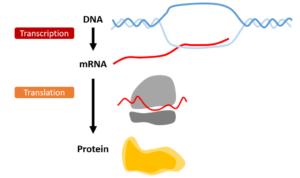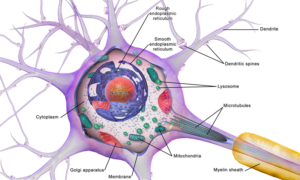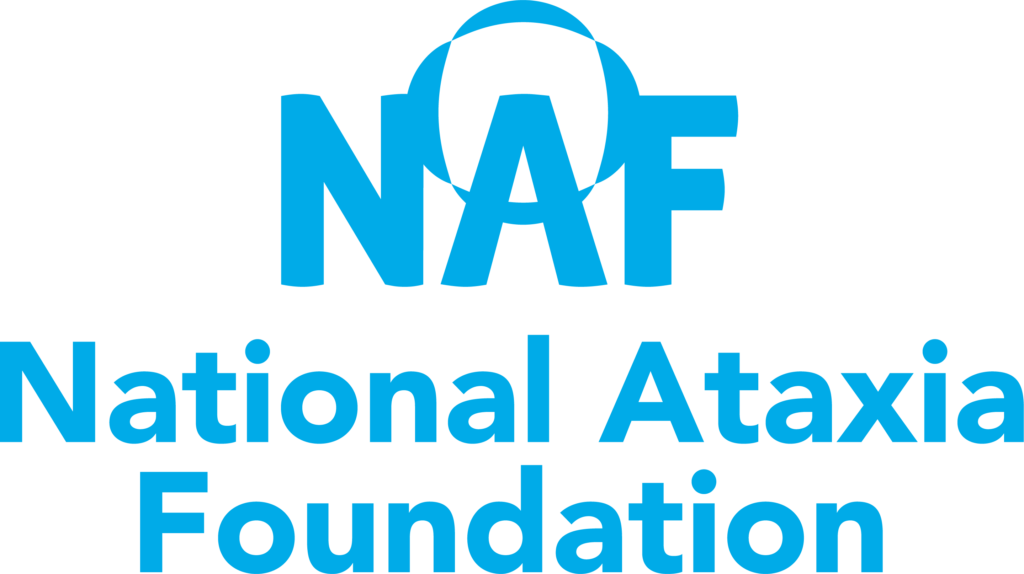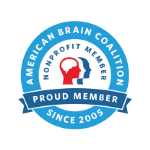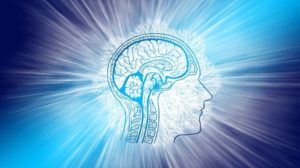
Two or more birds with one stone: Designing a single therapeutic strategy to treat multiple types of spinocerebellar ataxia
Written by Dr. David Bushart Edited by Dr. Hayley McLoughlin A newly-proposed treatment strategy might be effective against several forms of spinocerebellar ataxia and other CAG repeat-associated disorders Upon receiving an initial diagnosis of spinocerebellar ataxia (SCA), a swarm of questions might enter a patient’s mind. Many of these questions Read More…



